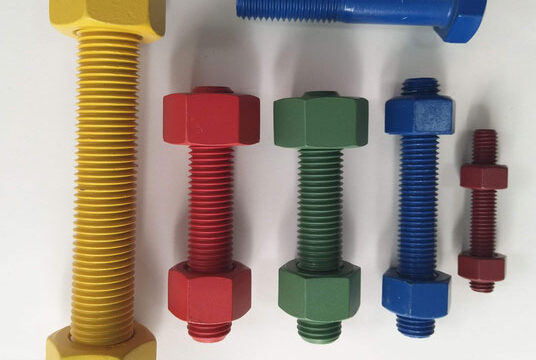Plastic Material Characteristics and Applications
Plastic Material Overview PE、PP、PVC、PS、PC、PF、EP、ABS、PA、PMMA all plastic materials (also known as polymer materials) are a type of plastic synthetic materials made from polymer compounds through different processing methods. Plastic materials are well recognized for its light weight, high strength, corrosion resistance, good insulation, etc., and are widely used in packaging, construction, automotive, electronics and other industries. Polyethylene(PE): a lightweight, flexible thermoplastic with good chemical resistance. According to the density, it can be divided into high-density polyethylene (HDPE) and low-density polyethylene (LDPE). Polypropylene (PP): relatively high heat resistance, chemical resistance and rigidity, its a common material for automotive parts and household appliances. Polyvinyl chloride (PVC): come with good chemical corrosion resistance, mechanical strength and electrical insulation, it is commonly used in pipes, wires and cables, and medical equipment. Polystyrene (PS): It is…








